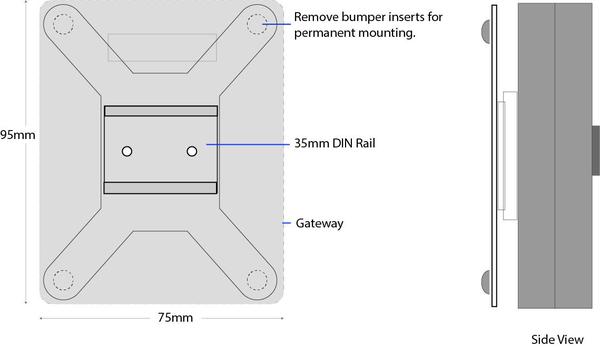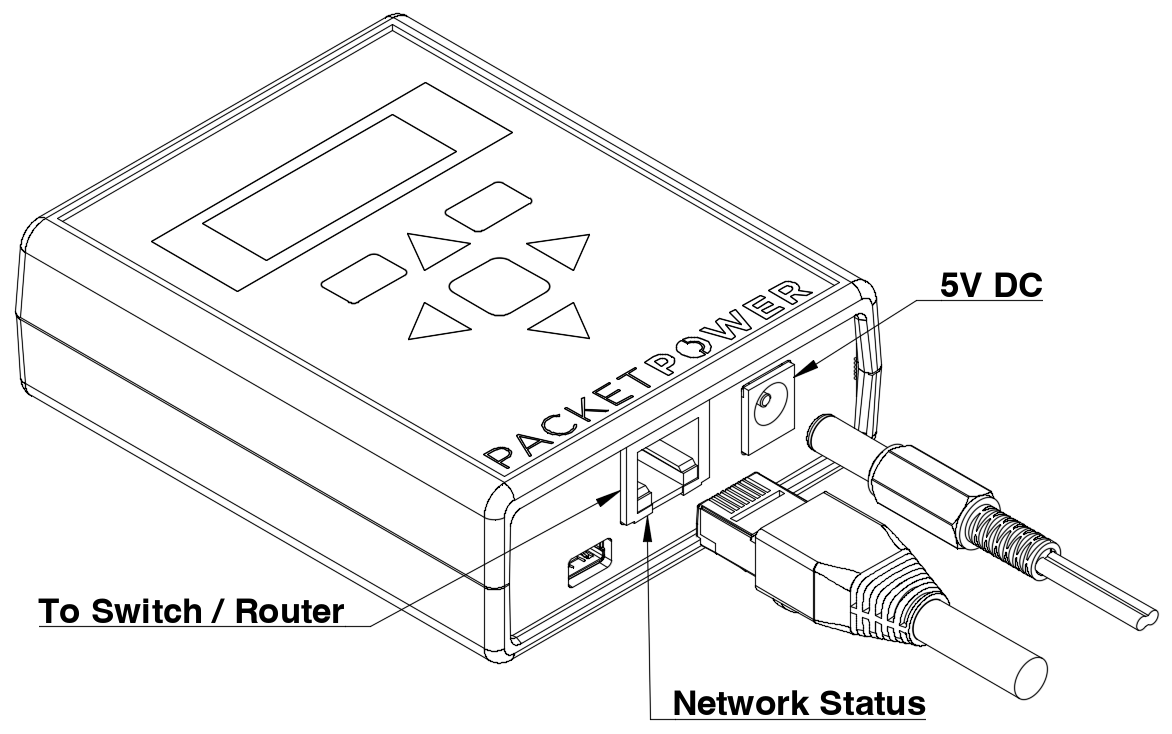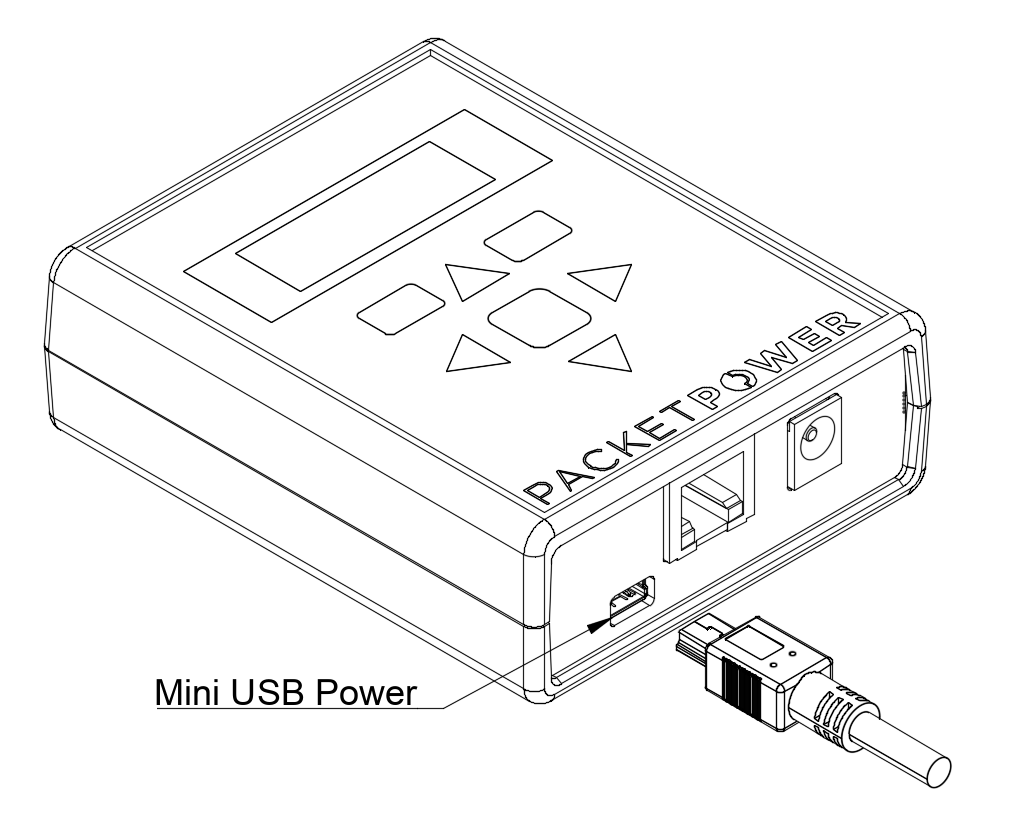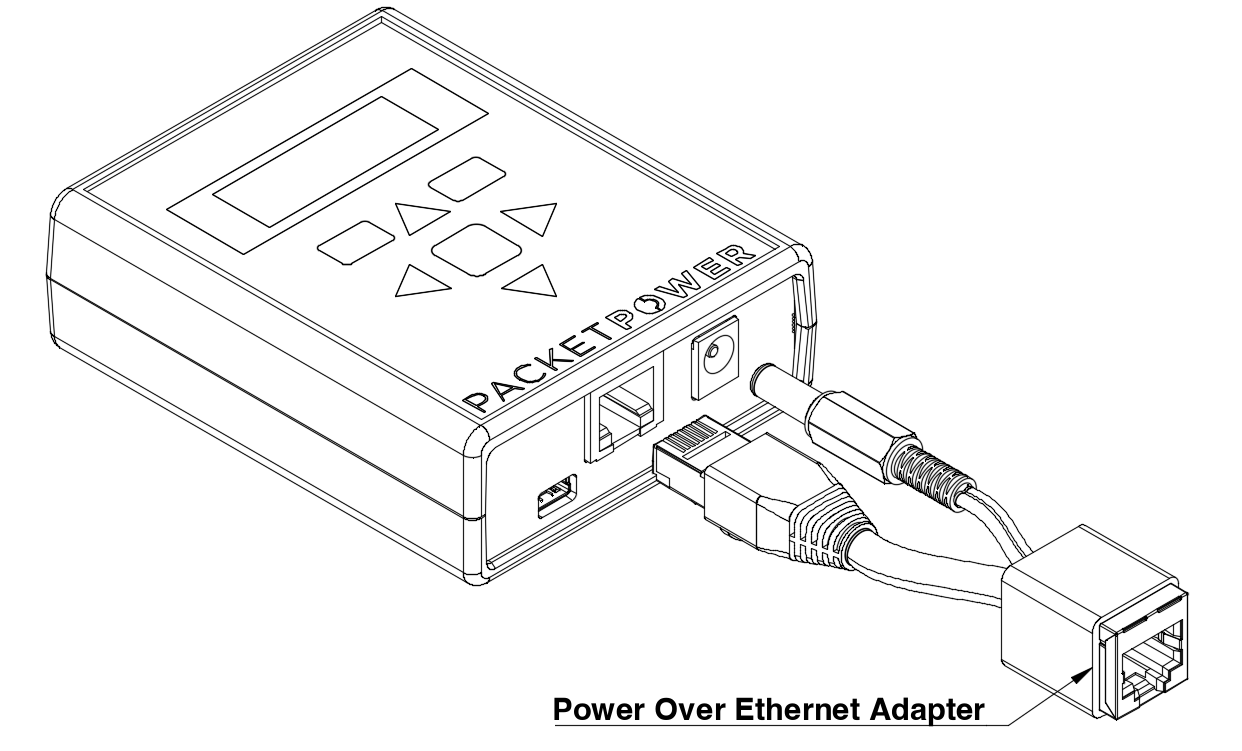The Gateway must be placed in a location likely to have good radio communication with monitoring nodes.

-
Gateway module(s) should be located 10-30 meters from one or more monitoring nodes (ideally line of sight)
-
Place Gateways away from large metallic surfaces (use the mounting bracket for optimal placement)
-
Never place a Gateway inside of a fully enclosed metal structure (exterior of the rack is better)
-
Always try and locate the Gateway at the highest point that allows an unobstructed (line of sight) path to monitoring nodes
-
Redundant Gateways are advised for any critical environment
-
One Gateway can support up to 100 Packet Power monitoring devices; additional Gateways will improve polling speeds
-
If you are placing multiple Gateways for better coverage or redundancy, try to space them approximately evenly throughout the facility as they will automatically balance network traffic
-
In raised floor environments with monitoring nodes below the raised floor, Gateways may have to be placed below the floor or near floor air vents
Always try and place Gateway(s) as high as possible within line of site to monitoring nodes. Never place Gateways inside metallic cabinets.
Gateway Mounting Bracket

-
The Gateway attaches to the mounting bracket using the DIN rail clip which snaps onto the receiver clip on the back of the Gateway
-
The rubber bumpers on the back of the Gateway mount can be removed to expose 0.20" holes which can be used for permanent mounting with mechanical fasteners
-
Adhesive tabs allow the Gateway to be wall mounted or surface mounted away from metallic surfaces like server cabinets
-
Orientation of the Gateway is not critical
Power Supply Options
The Ethernet Gateway uses a standard 5V DC power supply with a 5.5 x 2.1 x 11mm positive-on-center power jack. The following power supply options are available from Packet Power:
Universal 100-240V wall-plug power adapters
Including a full set of international plugs, with C13 connectors for data center installations.

USB power adapter cables
For powering from any USB port (power-only, no data connection is made).

Power-over-Ethernet (PoE) adapters
using a PoE splitter that plugs into the DC jack.

Cannot be powered by PoE in the Ethernet jack directly.
-
A PoE splitter is required as the Gateway will not accept a PoE source directly into its Ethernet port
-
Be sure that the PoE injector source is 5V DC, not 12, 24 or 48V DC and capable of at least 4W of power
-
Splitters with voltage regulators that will drop the voltage to 5V DC are available.
NTP Server
Please ensure your gateway is configured with an NTP server during software configuration.
See: Setting an NTP Time Source for additional instructions.
